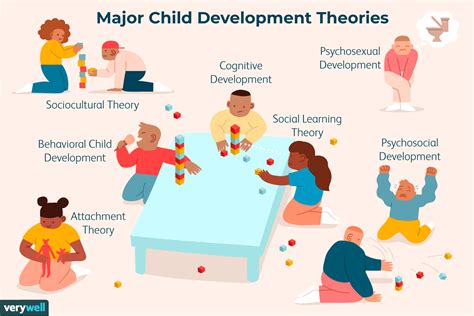As societies evolve, so do the environments and lifestyles of children. Interestingly, the decline of play-based childhoods seems to reflect broader societal shifts and transformations. From increasing reliance on technology to the dynamics of both parents working, several factors contribute to this change. Although blaming any single element oversimplifies the issue, the interplay between these influences deserves attention to understand how they collectively impact children’s development.
Many believe that the advent of technology, particularly smartphones and social media, has isolated children, reducing traditional outdoor play. However, others argue that the necessity of both parents working full-time jobs creates an environment where children have fewer opportunities for unsupervised interaction with their peers. In this light, the structure of the modern family has a significant influence on the time and freedom children have to explore and play.
The community configuration itself has altered considerably. One notable observation is the shift from local, close-knit societies to dispersed and variegated communities. In the past, stay-at-home parents often played a central role in building and sustaining community networks. Today, many community organizations rely heavily on retired individuals due to the absence of work-aged adults engaged in neighborhood life. This reliance showcases how demographic shifts are reshaping societal participation and children’s experiences.
Urban planning and the physical environment also play crucial roles in this transformation. Modern cities and suburbs, especially in car-centric countries like the USA, are often designed around the automobile, not pedestrians. As some commenters pointed out, areas are becoming less walkable and more hazardous due to traffic, contributing to parental fears about children’s safety outdoors. Indeed, contrasting this with Europe and Japan, where children still commonly walk or bike to school, highlights how design can foster or inhibit outdoor activities and community interactions.
Moreover, the loss of ‘third places,’ such as parks, playgrounds, and community centers, exacerbates this issue. These spaces, which facilitate casual social interactions, have diminished due to urban sprawl, zoning laws, and economic pressures. Such places historically played a vital role in child development, offering environments for children to play freely and develop essential social skills. Without them, children may turn to digital spaces, which can’t fully replace the benefits of physical interactions.
The variety of socioeconomic factors, including economic pressures and changes in career landscapes, further impede the maintenance of vibrant, child-friendly communities. Parents working long hours are less able to invest time in community-building activities, leading to a feedback loop where weaker community ties create environments where children have few opportunities to play with peers unsupervised. This situation has led to the resurgence of more structured, adult-supervised activities, limiting the age-old benefits of spontaneous, peer-driven play.
Meanwhile, the resurgence of religious and cultural organizations attempting to fill this gap provides insight into alternative community models. While not a universal solution, these groups sometimes offer structured and semi-structured environments that can simulate some aspects of traditional community life, although they often fall short of the organic, free-form nature of neighborhood interactions.
It’s also worth noting the paradox within technology. While it isolates on one hand, on the other, it offers solutions. Community-building apps and platforms can foster connections between like-minded parents, organizing playdates, and community activities. Urban planning innovations focusing on pedestrian-friendly and mixed-use design aim to rejuvenate public spaces, making them safer and more accessible for children.
Ultimately, addressing the decline in play-based childhoods requires a multifaceted approach that integrates urban planning reforms, supportive family policies, and community development initiatives. By recognizing and tackling these varied influences, society can hope to foster environments where children can thrive through play and community interaction, reclaiming some of the vital social capital lost over recent decades.


Leave a Reply